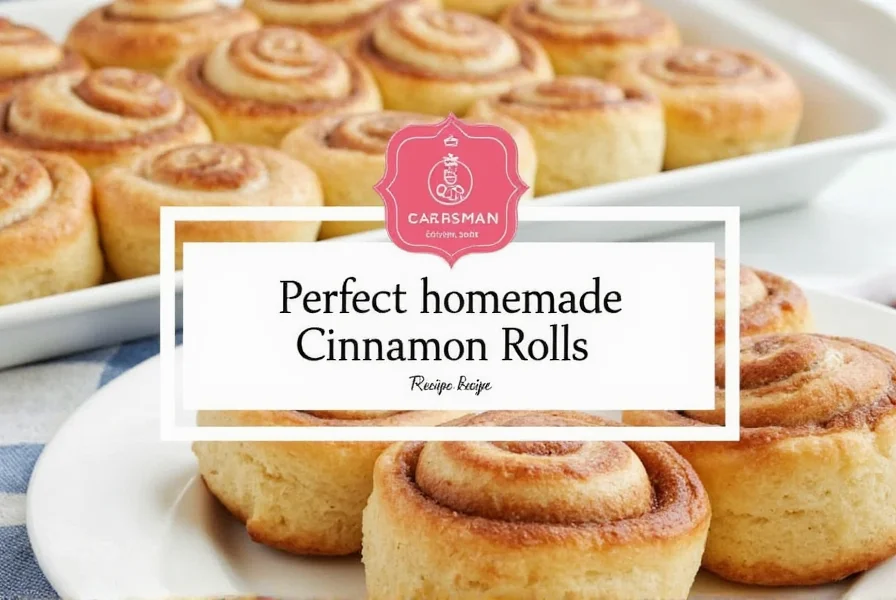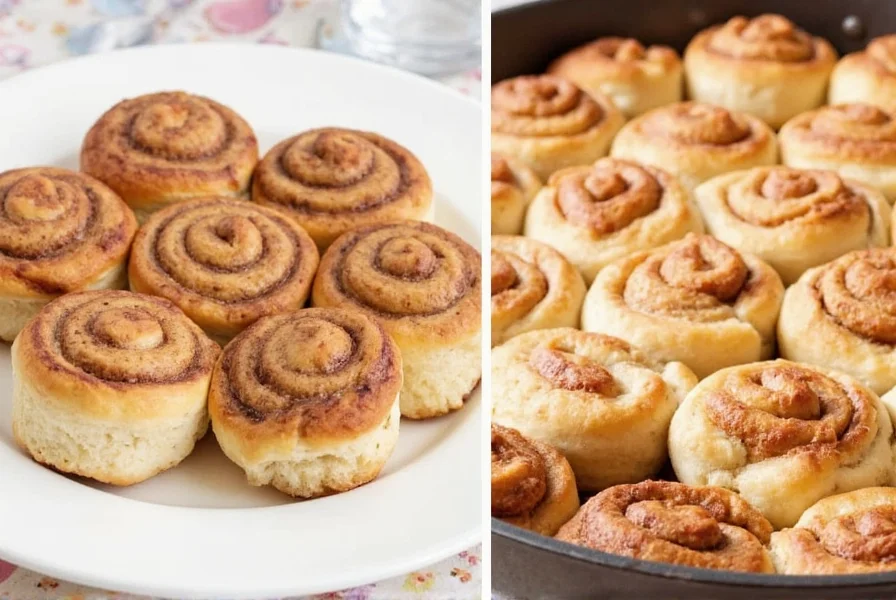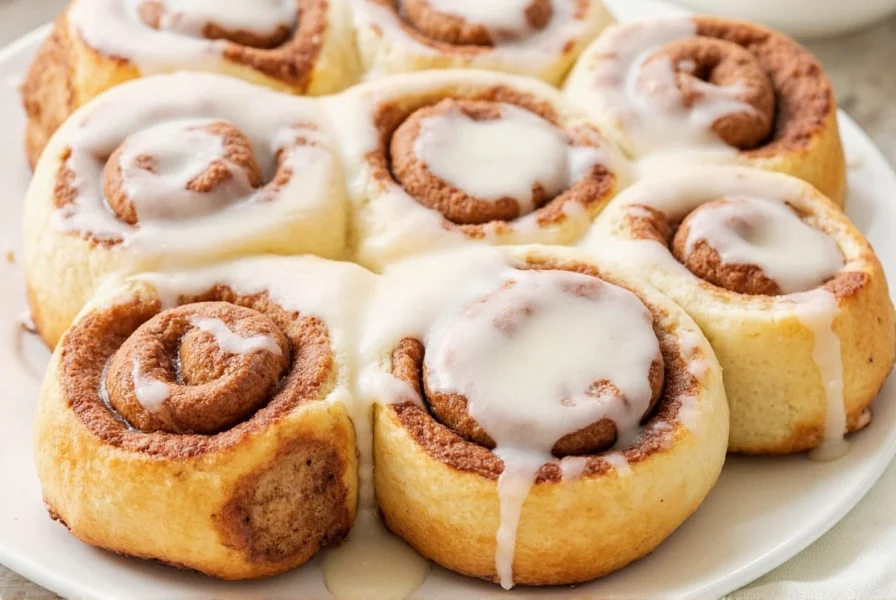Making exceptional homemade cinnamon rolls from scratch transforms a simple breakfast treat into a memorable culinary experience. Unlike store-bought versions, authentic homemade cinnamon rolls offer superior texture, richer flavor, and the satisfaction of creating something truly special. This comprehensive guide draws from decades of professional baking experience to help you achieve bakery-quality results in your own kitchen.
Essential Ingredients for Perfect Cinnamon Rolls
The foundation of the best cinnamon rolls recipe lies in ingredient quality and precise measurements. Unlike many simplified recipes, authentic homemade cinnamon roll dough requires careful attention to each component:
| Ingredient | Function | Professional Tip |
|---|---|---|
| All-purpose flour | Structure and texture | Measure by weight (120g/cup) for consistency |
| Active dry yeast | Dough rising | Test viability in warm liquid before use |
| Unsalted butter | Flakiness and flavor | Use European-style (82% fat) for richer rolls |
| Ceylon cinnamon | Signature flavor | Mix with sugar immediately to prevent clumping |
Step-by-Step Baking Process
Dough Preparation
Creating the ideal homemade cinnamon roll dough recipe starts with proper yeast activation. Combine 2¼ teaspoons active dry yeast with ½ cup warm milk (110°F/43°C) and 1 tablespoon sugar. Wait 5-7 minutes until foamy. In a separate bowl, mix 4 cups flour, ⅓ cup sugar, and 1 teaspoon salt. Cut in ½ cup cold butter until pea-sized crumbs form. Pour in yeast mixture plus 2 eggs and mix until shaggy dough forms.

Knead for 8-10 minutes until smooth and elastic. Professional bakers recommend the windowpane test: stretch a small piece of dough thin enough to see light through without tearing. This ensures proper gluten development for soft cinnamon rolls that stay fresh.
First Rise and Rolling
Place dough in a buttered bowl, cover, and let rise in a warm spot (75-80°F/24-27°C) for 1-1.5 hours until doubled. Punch down gently and roll into a 16x12 inch rectangle on a floured surface. For the perfect cinnamon roll filling ratio, spread ½ cup softened butter evenly, then sprinkle 1 cup sugar mixed with 3 tablespoons Ceylon cinnamon.
Shaping and Second Rise
Tightly roll the dough from the long side, pinching seam to seal. Use unflavored dental floss to cut 12 even rolls. Place in a buttered 9x13 inch pan with space between rolls. Cover and let rise 45-60 minutes until nearly doubled. Proper second rise is critical for light and fluffy homemade cinnamon rolls with distinct layers.
Professional Baking Tips
Many easy homemade cinnamon rolls recipe attempts fail at the baking stage. Follow these expert techniques:
- Bake at 350°F (175°C) for 22-25 minutes until golden brown - use an oven thermometer for accuracy
- Rotate pan halfway through baking for even browning
- Test doneness with instant-read thermometer (190°F/88°C internal temperature)
- Cool 10 minutes before applying icing to prevent melting
Troubleshooting Common Issues
Even experienced bakers encounter challenges with homemade cinnamon rolls from scratch. Here's how to solve frequent problems:
Dense or Tough Rolls
Causes: Over-flouring, insufficient kneading, or under-proofing. Solution: Measure flour by weight, ensure proper gluten development, and allow full rising time in a warm environment.
Filling Leakage
Causes: Butter too warm, insufficient sealing, or overfilling. Solution: Use cool room-temperature butter, pinch seam securely, and maintain proper filling ratio (1 cup sugar to 3 tbsp cinnamon).

Variations and Customizations
While traditional best cinnamon rolls from scratch are timeless, these professional variations add interest:
- Nutty twist: Add ½ cup chopped pecans to filling
- Spiced upgrade: Include ¼ teaspoon each of nutmeg and cardamom
- Gluten-free option: Substitute 1:1 GF flour blend (add 1 tsp xanthan gum)
- Vegan adaptation: Use plant-based butter and flax eggs
Storage and Reheating Methods
Proper storage maintains the quality of your homemade cinnamon rolls. Cool completely before storing. For best results:
- Room temperature: Keep in airtight container for up to 2 days
- Refrigerator: Store for up to 5 days (reheat before serving)
- Freezer: Wrap individually and freeze up to 3 months
Revive leftovers by microwaving 10-15 seconds or warming in 300°F oven for 5 minutes. Never reheat covered, as this creates steam that softens the crust.











 浙公网安备
33010002000092号
浙公网安备
33010002000092号 浙B2-20120091-4
浙B2-20120091-4